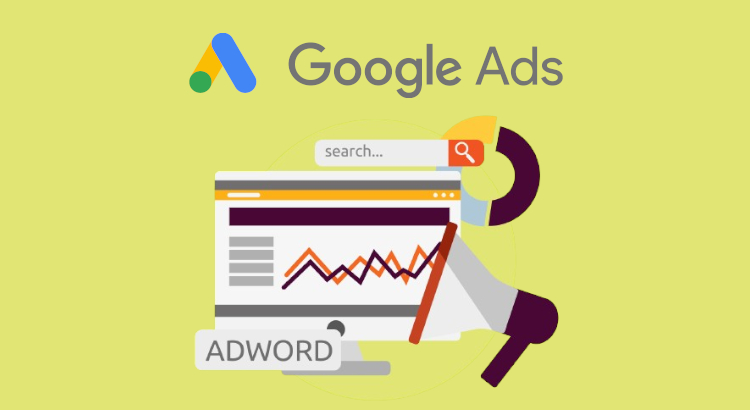Making the most of your Google Ads expenditures is essential for optimizing your advertising budget. In this guide, we delve into expert tips that can transform your approach to advertising with Google Ads, helping you achieve optimal results and make the most of every advertising dollar spent.
A successful and significant advertising journey on the digital frontier is made possible by these insights, which range from setting clear marketing objectives to ongoing testing and optimization.
Related Article: Mastering Google Ads: A Comprehensive Guide for Beginners
Guide to Advertising with Google Ads?
1. Focus on your advertising goals
Before launching a Google Ads campaign, make sure your marketing goals are well-defined. Experts offering Google Ads services will study your goals to tailor their strategy for optimal results.
Establishing clear objectives at the outset guarantees that targeting, budget, and ad formats are all in perfect alignment, laying the groundwork for campaign success right from the start.
2. Allocate budget based on performance
Allocating funds strategically is necessary for managing several campaigns.
More money should be spent on successful efforts that support corporate objectives; less money should be spent on trial or low-return initiatives. This method maximizes the use of the entire budget.
Learn More: PPC Budgeting: How Much Should You Really Spend?
3. Understand your audience
Ads that are effective come from a thorough comprehension of your target market. Take the time to ascertain their requirements, queries, and worries.
Make sure that the product details, assets, and advertisement content you use specifically address these audience-specific factors.
4. Use location targeting when applicable
Use the power of advanced location choices to precisely target certain geographic areas with your campaign.
By ensuring that the most relevant people see your advertisements, this optimization improves campaign performance in particular regions.
5. Prevent overexposure to your ads
Implement frequency capping, especially for Display and Video campaigns.
Limiting the frequency of times your adverts show to the same consumers helps you avoid overexposure and keeps your audience interested without making them feel bombarded.
6. Target for relevance
Using keywords, placements, and themes to match your advertising with pertinent content is an effective way to target content.
To get a wider audience, combine this with audience targeting techniques like affinity audiences, remarketing, custom audiences, and demographics, keeping the consumer in mind instead of just the page content.
7. Observe to optimize
Use the observation setting to track the effectiveness of your ads in real time.
Although this option has no effect on the visibility of advertising, it offers useful information on how ads function for particular audiences, themes, or placements, facilitating continuous optimization.
8. Simplify
By grouping similar campaigns together, you can simplify campaign administration.
Because there are fewer campaigns to keep an eye on as a result of this streamlining, funding allocation and organization become simpler and more efficient.
9. Use campaign types strategically
Choosing campaign kinds strategically depends on the objectives of your company.
Examine the assortment of campaign alternatives at your disposal to guarantee that your advertisements are positioned in various forms and places, efficiently reaching your intended audience.
10. Bid with purpose
Use Smart Bidding when it makes sense. Set real-time bids at the search phrase level for Search Campaigns.
In other sorts of campaigns, Smart Bidding maximizes the effectiveness of your bidding strategy by utilizing many signals to find the best bid.
11. Track conversions for quality
Conversion tracking and offline conversion tracking can be used to increase the quality of conversions.
These tools help you improve the overall performance of your strategy by giving you insights into how leads move through the sales funnel.
12. Test, test, test
Finding out what appeals to your audience requires constant testing. Try out various targeting techniques, images, and ad texts.
Continue to refine and optimize your advertising to include the most impactful components based on the results.
Useful Article: Why Is Google Ads Important for Businesses?
Summary of Advertising with Google Ads
Mastering Google Ads involves strategic planning, audience understanding, and constant refinement. By focusing on goals, allocating budgets wisely, and adapting to audience needs, advertisers can create powerful, targeted campaigns that deliver optimal results. Regular testing and optimization ensure sustained success in the dynamic landscape of online advertising.


